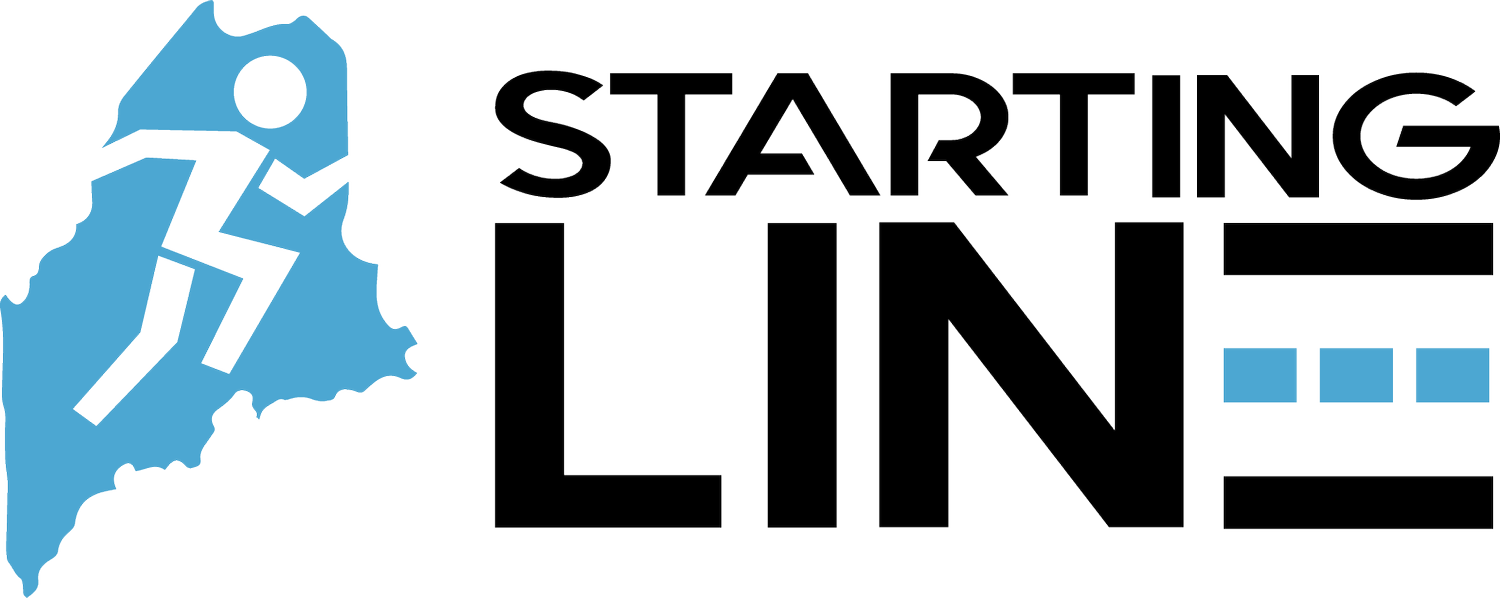Best Practices for Fast Post-Run Recovery
By Aaron Willingham M. Ed in Kinesiology, CSCS
We’ve all felt it - soreness. Running is something we all do for fun, but it can come with a kick! After all the pounding, heavy breathing, and maybe even some hilly terrain, our bodies can start to break down. Yes, this is the area where our bodies start to improve, but it can leave us pretty beat up if we’re not taking care of ourselves.
Here are some things you can do to keep improving fitness and not feel maximum soreness the next day:
Fueling:
Nutrition is a huge part of training, so it makes sense that fueling would help us recover. It’s super important to replenish what you extinguish. A body full of good macronutrients is a body that recovers fast. The easiest thing you can do is make sure you’re getting about 20-25g of protein after every workout/run!
ASAP:
As. Slow. As. Possible. Incorporate ASAP running in your weekly routine, even if it’s just once per week. These runs can help us ‘reset’ after hard sessions and are meant to help us continue to LOVE the act of running, because, really, it’s all about having fun. This can also be applied to other types of activities, just as long as you’re taking the time to enjoy exercise in general! This can look like hiking, biking, swimming, lifting, boxing, team sports, etc. etc. etc.
Sleep:
If you’re not getting 7-8 hours of sleep every night, it’s time to prioritize this! Your brain needs the opportunity to process what you’ve done throughout the day whether you’re working out or not. Think of it as a reset for all your metabolic processes and hormone feedback loops! A great way to make sure you’re getting some good quality sleep can be found through this link.
FUN FACT: You can survive longer without food than you can without sleep.
Rolling/Stretching:
Listen. No one WANTS to do it. No one has a DESIRE to stretch and roll out, but it is a good component to recovery. It’s like flossing- you can get away without it until basically you can’t, but you never want to get to that point. There are thousands of ways to stretch, use a foam roller, or sit on a lacrosse ball. You can see them here at this link. Your job is to ‘Just Do It’™. Creating a routine of rolling out or stretching immediately after exercise will make it a habit. Once it’s habitual, you’ll start to do it without even thinking.
The power of recovery is in your hands. What you do with this information is totally up to you. You know the feeling of telling your dentist you haven’t flossed or lying to them and saying that you have. Don’t take the same approach when you go to your PT hurt, and say, “Oh no I don’t worry about that recovery stuff!”
Reconsider how you can control your own recovery.
